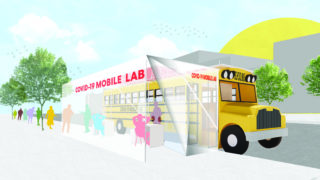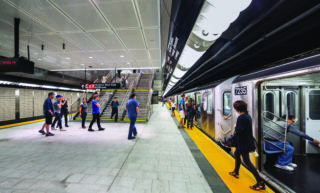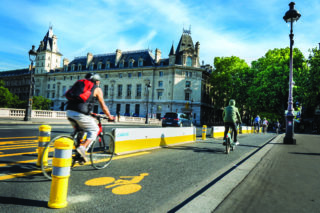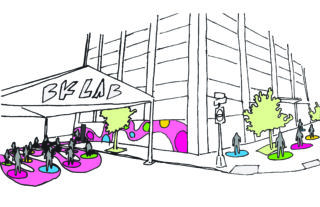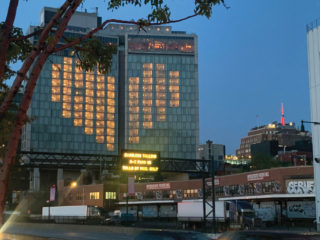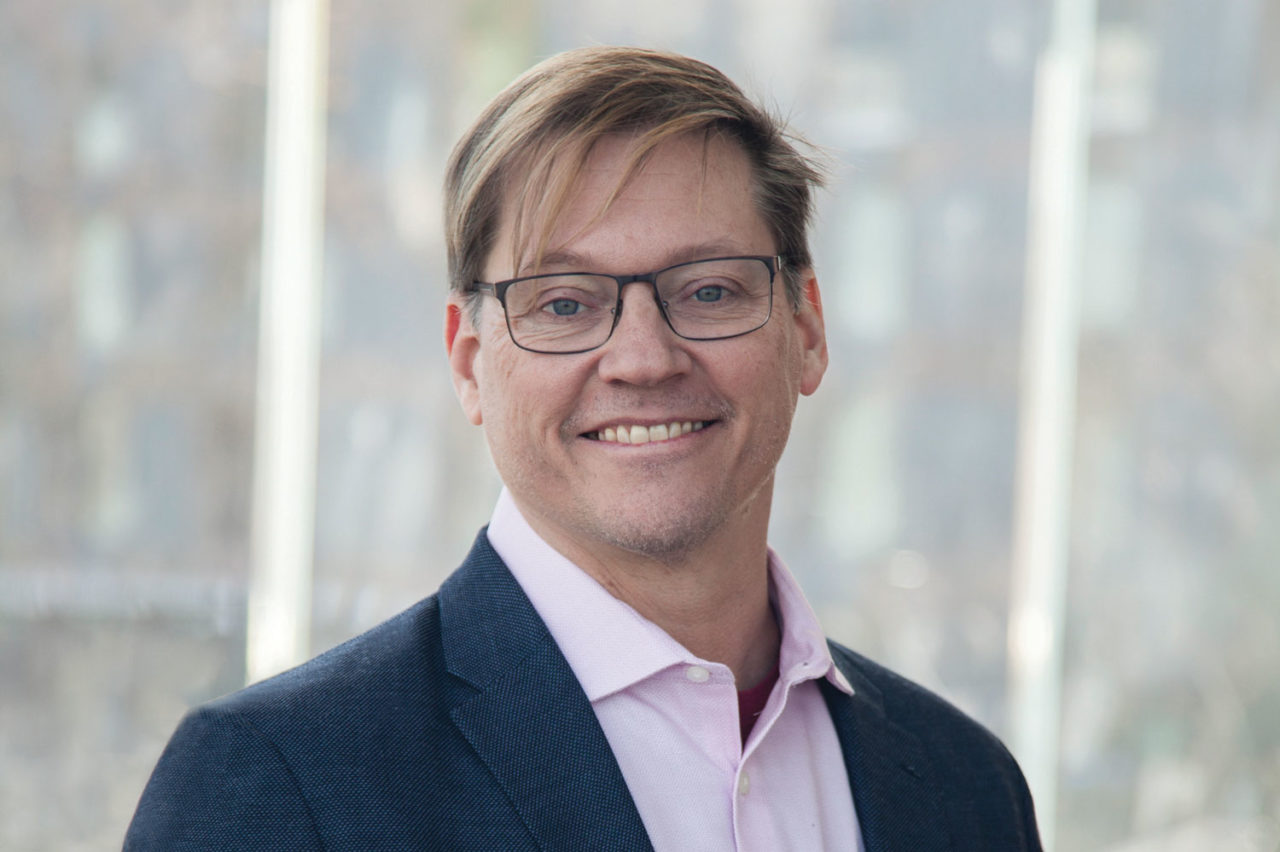
Illya Azaroff, AIA, a leader in disaster mitigation, resilient planning strategies, and design is chairma of the AIA New York Unified Task Force City and State, which has brought together architects and related professionals to help government agencies and client groups respond to emergency needs around COVID-19. Azaroff is the founding principal of the firm +LAB, an associate professor at the New York City College of Technology in Brooklyn, and a founding co-chair of the AIANY Design for Risk and Reconstruction Committee, formed after Hurricane Sandy. He is also the AIANYS 2020 president-elect.
As the overwhelming impact of COVID-19 cases on hospitals became evident in mid-March, the New York State Department of State put out a call to architects to rapidly assess buildings as candidates for instant conversion to hospitals. One of the people contacted was Azaroff, New York State AIA’s disaster coordinator. “Within half a day, members supplied the department with 1,000 candidate buildings from Buffalo to Taconic,” says Azaroff. “That was the initiation of the task force.” The New York State Department of Health then asked James Crispino, AIA, and Elizabeth Sullivan, Assoc. AIA, co-chairs of AIANY’s Design for Health Committee, to supply contacts for architects, engineers, and facility managers in healthcare. At that point, state and city AIA chapters worked together to formalize the task force so it could offer pro bono services at both city and state levels. That formalization “allowed architects to be effective immediately,” Azaroff explains.
Architects and related professionals mounted a heroic effort with hospital systems to upgrade conventional patient rooms and find space within existing facilities that could be turned into COVID-19 beds—and did it in a matter of days. Other architects began fabricating face shields and face masks. As the demand for personal protective equipment in New York has declined, notes Azaroff, these architects “are looking at how they can export them around the country.”
With the need for hospital rooms abating, a parallel task group, led by Nick Radjovich, AIA, at SUNY Buffalo, quickly connected to the ASHRAE Epidemic Task Force for COVID, the University of Oregon, the CDC, “and some of the top researchers in the country to get the best current knowledge out there,” says Azaroff. ASHRAE with volunteer architects is translating this knowledge into graphic advisories to inform the design of buildings. The task group’s work will be folded into strategies being developed by AIA National.

New York’s Department of City Planning and its Economic Development Corporation (EDC) are working with the AIANY Unified Task Force to participate in a series of charrettes to rethink the role of streets, now that the city is permitting restaurants to take over curb lanes to create socially distanced dining opportunities. The workshops are looking to reconcile the proposals of interest groups advocating bike-lane extensions, bus-only lanes, and greater use of streets for socializing and recreation. “Since EDC has stated that 20% to 30% of street-level retail businesses will fail,” explains Azaroff, “we’re asking whether that unoccupied space can be helpfully repurposed in the short term—for a summer pop-up or to ease the expansion of a restaurant into an adjacent space. These are short-term tactics but lead to needed, long-term thinking about the city.”
There are other programs, too, including one to help out-of-work architects. Is working pro bono sacrificing necessary income? “We’ve been criticized for doing no-fee work,” replies Azaroff. “As an AIA member, have the responsibility, written into the code of ethics, to help people.We volunteered after 9/11 and Sandy, and we will continue to help communities.”
Azaroff is disgusted at the squandering of federal resources that could have limited the impact of the coronavirus. He worked on the National Disaster Framework developed for FEMA and the Office of the Assistant Secretary for Preparedness and Response within the Department of Health and Human Services in the Obama Administration. “We looked at all hazards both natural and manmade,” he says, working with “all the hospital associations, critical care facilities, and emergency response teams around the country. Hundreds of people were involved.” As Azaroff puts it, “The incoming administration did not take kindly to some of our work.” It essentially disbanded the high-level Pandemic Task Force intended to bring such threats to early attention by the executive branch, dissolving in the process “a network that chained together hospital and research laboratories globally,” which was sorely missed when supply chains and testing methods failed. “You can’t play with people’s lives,” he adds. “To know that these resources were not deployed as powerfully as they could have been tears at me.”
Now city agencies are looking to the task force to consider “cascading effects”—a summer heat emergency or hurricane that could arrive atop the need to social distance or isolate vulnerable populations. Azaroff is cheered by the swirl of activity that puts architects at the center of recovery. He says, “I can’t tell you how amazing it is to work with all these people with great ideas, just giving and giving.”










